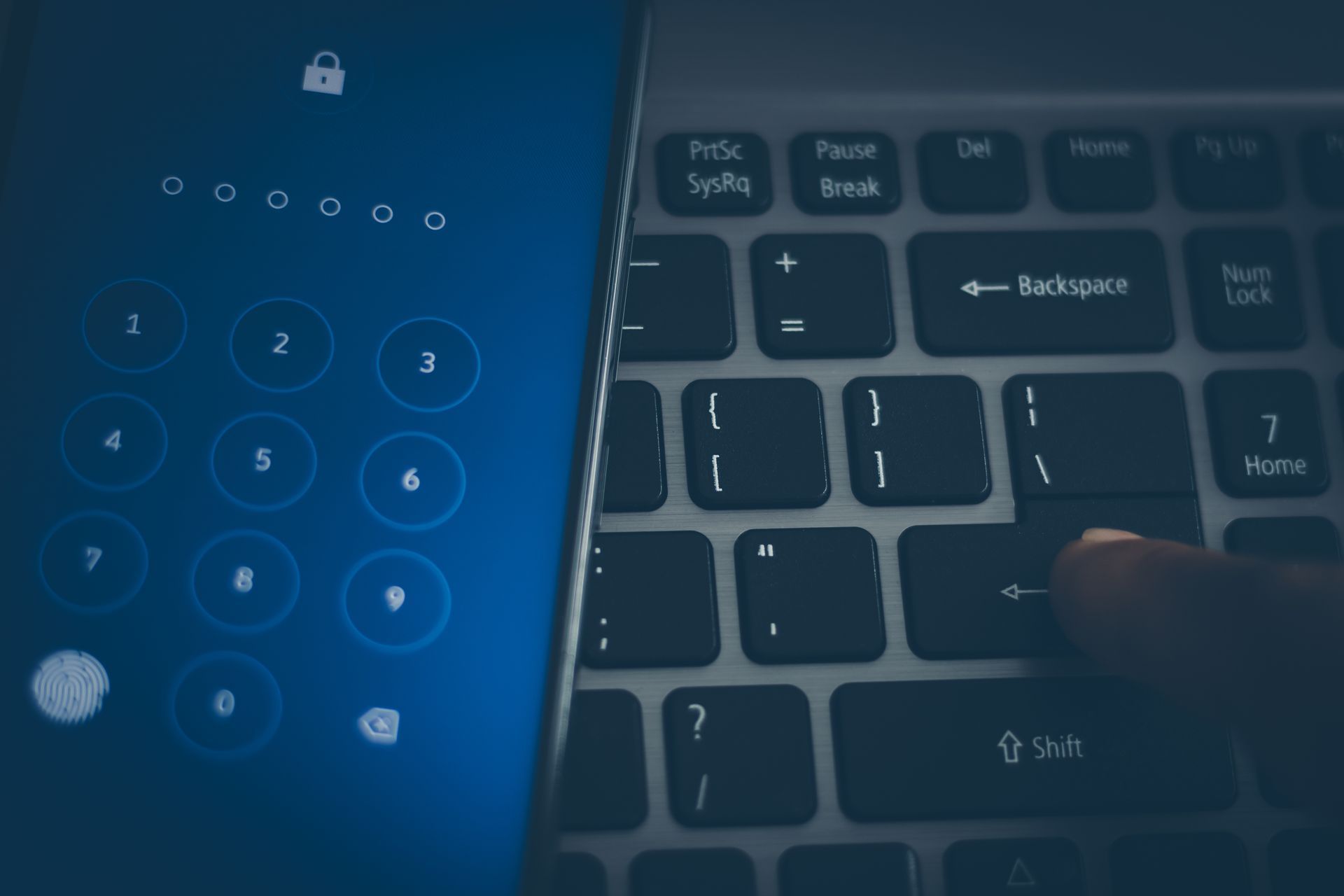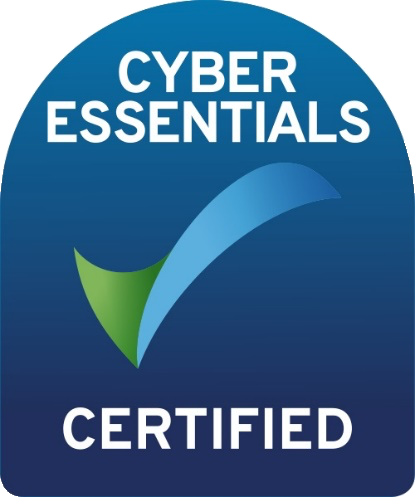Navigating the Hidden Dangers of QR Code Phishing
Navigating the Hidden Dangers of QR Code Phishing: What You Need to Know!
Quick Response (QR) codes have become ubiquitous in our digital world, offering a convenient bridge between physical and online experiences. From restaurant menus to payment portals, their usage spans various sectors. However, this convenience also comes with significant risks. QR code phishing, also known as "Quishing," is a growing concern that exploits QR codes to deceive users into disclosing personal information or downloading malware.
This blog post delves into the mechanics of QR code phishing, explores its consequences, and provides essential statistics to underline the seriousness of this cyber threat.
Understanding QR Code Phishing
QR code phishing occurs when cyber-criminals embed malicious links in QR codes. When scanned, these codes direct users to fraudulent websites that mimic legitimate ones, coaxing users to enter sensitive data such as login credentials, financial information, or personal identification details. Alternatively, these QR codes can initiate downloads of malware, compromising user security.
Statistics Alone Highlight the Threat
Increase in QR Code Usage and Abuse in a study by MobileIron revealed that 84% of people have scanned a QR code by the end of 2020, with a significant uptick noted during the COVID-19 pandemic as businesses sought contactless interactions. Concurrently, there was a 300% increase in QR code phishing attempts since the beginning of 2021, according to a report by Juniper Research.
Despite widespread use, the same study by MobileIron found that consumer awareness is a clear vulnerability with nearly 71% of respondents unable to distinguish between a legitimate and a malicious QR code. This lack of awareness significantly increases the risk of falling prey to phishing scams.
The FBI has warned that the increasing prevalence of QR code phishing could lead to substantial financial losses for both individuals and businesses. The potential for large-scale breaches makes this a critical issue for cyber-security teams.
How QR Code Phishing Works
Step 1: Creation of a Malicious QR Code:
The attacker generates a QR code that links to a phishing site or a malicious download. This site often mimics a legitimate website, such as a banking site, social media login page, or a payment gateway, to deceive users into entering their sensitive information.
Step 2: Placement of the QR Code:
The QR code is placed in locations or on materials where potential victims are likely to scan them. This can be in public places (like posters, flyers, and billboards), in emails, on social media, or even on physical items that people are likely to scan, such as menus or product tags.
Step 3: Victim Scans the QR Code:
An individual scans the QR code using their smartphone, believing it to be safe. Since QR codes do not reveal their destinations visually, it's not apparent to the scanner that the code may lead to a dangerous location.
Step 4: Redirection to a Phishing Site:
Once scanned, the QR code directs the individual to a phishing website. The site might prompt the user to enter login credentials, personal information, financial details, or other sensitive data. Alternatively, the site could automatically start downloading malware onto the user's device.
Step 5: Data Theft or Malware Infection:
If the user is deceived into providing personal information, this data can be stolen and used for fraudulent activities, identity theft, or sold on the black market. If malware is downloaded, the device could be compromised, leading to further security issues such as ransomware attacks or unauthorised access to the user’s other data and accounts.
How to Prevent Falling Victim to QR Code Scams and Phishing
Verify Before Scanning:
If you come across a QR code, especially in an unsolicited email or a strange place, verify its origin and purpose before scanning. If it's public, like on a poster, consider whether the location and context make sense.
Use Secure QR Code Scanners:
Some QR scanning apps have built-in security features to check the URL for known malicious websites before opening them.
Look for signs of phishing:
If a QR code takes you to a login page, double-check the URL and look for HTTPS and other security indicators. Be wary of any website that asks for more information than what would normally be necessary.
Keep your mobile device secure:
Regularly update your operating system and apps, and consider using mobile security solutions that can provide additional protection against phishing and malware.
Adoption of Technology:
Look to a layered cyber security approach and implement technologies such as advanced email filtering, DNS and Website filtering to help minimise the risk.
Regular Security Training:
Organisations should include QR code security in their regular cyber security training sessions to heighten employee awareness.
Concluding Thoughts and a Call to Action
As QR codes continue to integrate into our daily lives, awareness of QR code phishing and proactive measures are vital to prevent falling victim to these sophisticated attacks. By staying informed and cautious, individuals and businesses can protect themselves against the growing threat posed by malicious QR codes.
This trend poses significant challenges not only for security vendors and but also for Managed Services Providers like us.
Stay vigilant and educate others about the risks associated with QR codes. Share this post to spread awareness and help combat QR phishing effectively.


All Rights Reserved | NSM Sidcup Ltd






